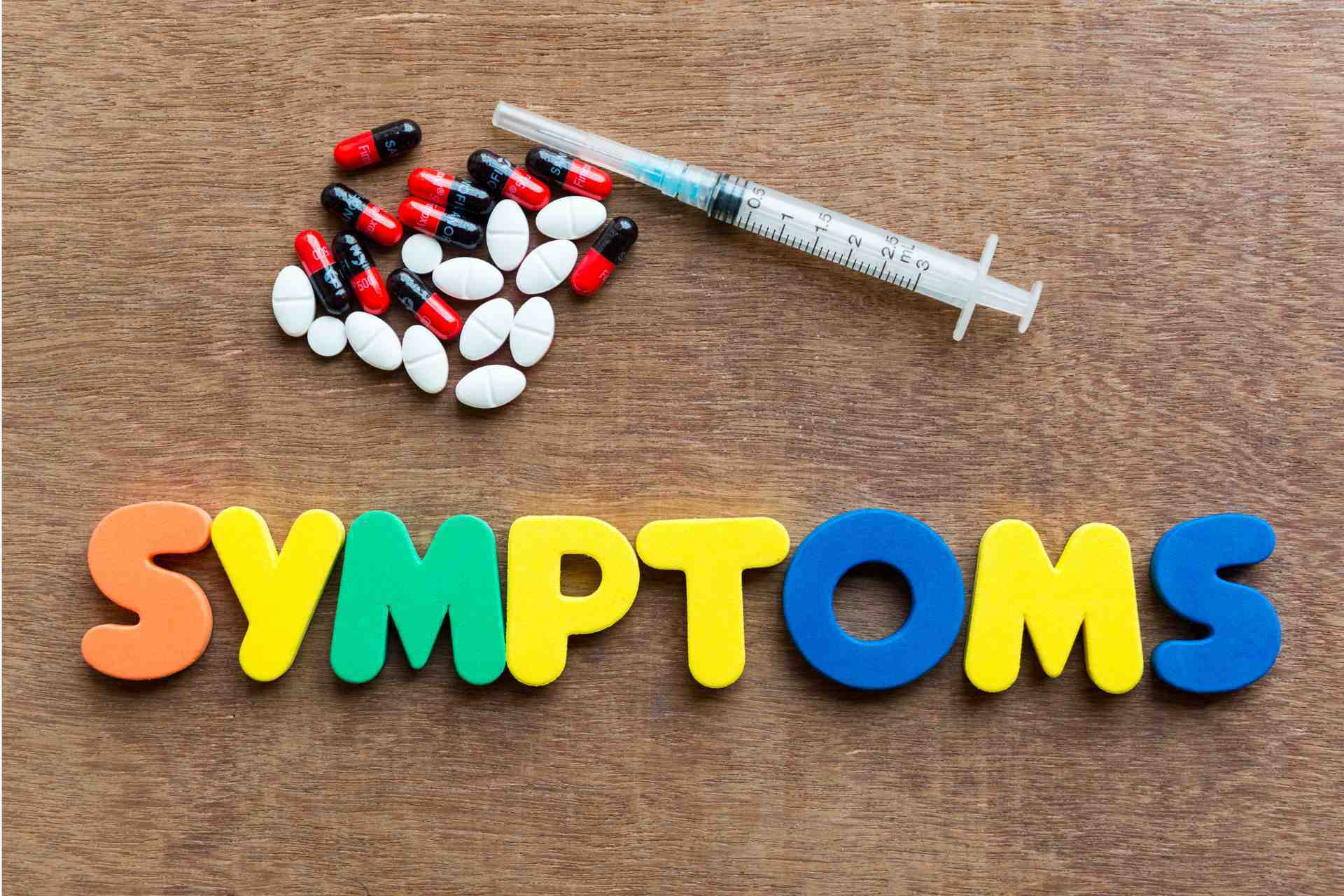
Symptoms of Low Testosterone
The body makes testosterone, and the testicles produce most of a man’s testosterone. It helps:
- Maintain reproductive tissues
- Stimulate sperm production
- Stimulate and maintain sexual function
- Increase muscle mass and strength
- Maintain bone strength
Regulation of Testosterone Levels
Like cholesterol or blood pressure, a numerical range defines normal testosterone levels (T-levels). The brain and the testicles work together to keep testosterone in this range. When testosterone levels are below normal, the brain signals the testicles to make more. When testosterone levels reach a normal level, the brain signals the testicles to make less.
Causes of Low Testosterone
Testosterone can fall below normal levels. A signaling problem between the brain and the testes can cause a drop in testosterone production. Also, if the brain feels too much testosterone in the body, it can signal the testes to cut production. Another reason Low T can occur is that your body can’t produce enough testosterone.
It’s natural for men to produce less testosterone as they age.
Hypogonadism, a medical condition, is not a natural part of aging and Low T can cause it. Symptoms include reduced sexual function, depressed mood, and decreased energy.
The signs and symptoms of Low T may be difficult to tell from the changes that occur with normal aging. Symptoms are frequently subtle and are similar to those caused by other medical conditions.
Your doctor can tell if you have hypogonadism by giving you a medical exam to assess your signs and symptoms and then performing blood tests. Your doctor can also decide if treatment options such as testosterone replacement therapy (TRT) could help bring the T levels back to normal.
Recognizing the Signs and Symptoms of Low Testosterone
When you look at each of the signs and symptoms individually, you may not think they point to Low T. That’s because they may be difficult to tell from the changes that occur with normal aging and may be caused by other medical conditions. Check out the signs and symptoms of Low T below to see if any of them apply to you:
- Sexual dysfunction (unable to maintain erections)
- Reduced sex drive (reduced sexual activity)
- Decreased energy
- Loss of body hair, reduced shaving
- Depressed mood
- Increase in body fat
- Decrease in bone strength
- Reduced muscle mass
If you think that many of these signs and symptoms apply to you, don’t ignore them. They could be a sign of Low T or other health conditions. Only your doctor can tell if you have hypogonadism by giving you a medical exam to assess your signs and symptoms, then by performing certain blood tests. So when you speak to your doctor, ask if you should be tested.
When a man’s testosterone falls below a level of around 300 ng/dL, it’s generally considered to be low. But there are treatment options that can help bring low testosterone levels back to normal and keep them there. Your doctor will tell you about the risks and benefits of treatment and can help you decide if it is right for you.
Take Control of Your Health Today with Core Medical Group
Don’t let low energy, decreased sexual function, or other signs of Low Testosterone define your life. At Core Medical Group, we specialize in diagnosing and treating hormonal imbalances like Low Testosterone with precision and care. Our expert team uses state-of-the-art diagnostics to develop personalized treatment. Contact us now!

